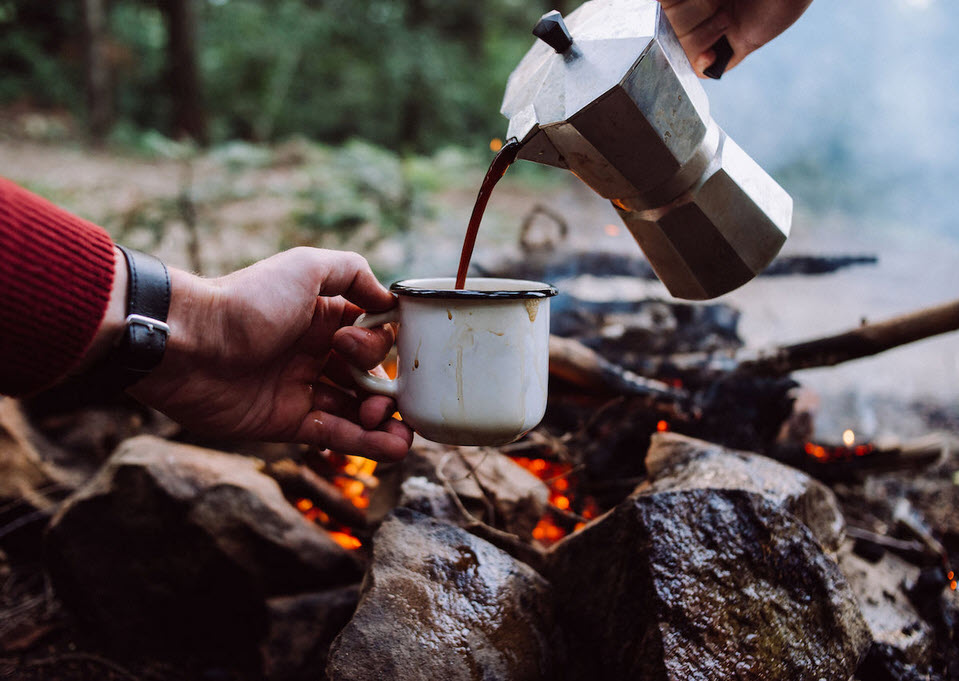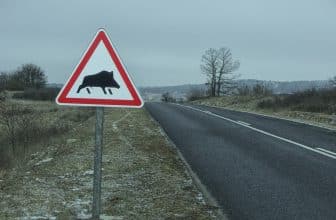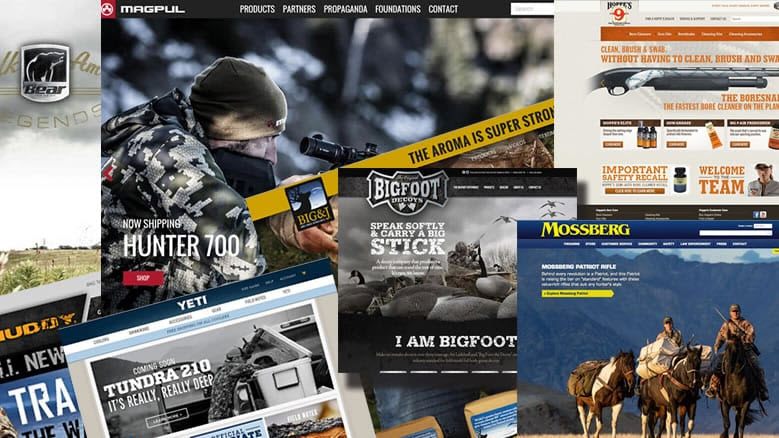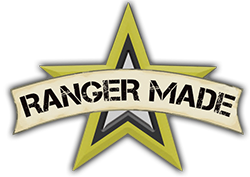Snipe hunting is a thrilling and beautiful way to spend your time outdoors. As with all other birds, snipes can be a little bit difficult to hunt down but with perfected skills and proper equipment it becomes enjoyable.
As a matter of fact, snipe hunting can turn into an obsession, requiring several hours to prepare. The activity is very rewarding if you’re able to master it and if you’re just beginning, snipes are guaranteed to give you an amazing opportunity to have fun, polish your shotgun skills and harvest some birds.
There are several things that you need to understand as you set yourself for this fun activity. Here is your comprehensive guide for what you need to know before going on a snipe hunt:-
Page Contents
Find the right environment
First, your key to a successful snipe hunting experience lies in knowing where to find these small birds. Snipe prefers a habitat that’s mud filled, dark soiled and wet areas as this provides them with the best environment to find their food.
The small birds normally use their long, thin beaks to dig out worms and bugs and search through the soil with ease. Marshes, flag ponds and places with soft soil are appropriate for snipe habitation.
It’s easy to mistake some other birds such as sandpipers and killdeers for snipe. However, the distinction comes in the noise they make plus their unpredictable zigzag escape they make when flushed out of these areas.
Have the right attire
Having known where to find snipe, having the correct gear should be your next concern. Gearing up accordingly will help you access the marshes and flag ponds in a better way.
As such, you’ll need waterproof boots and these can be used for other outdoor activities such as fishing. There’re different waterproof boot brands in the market thus giving you many options to work with. Considering that you will be walking in places with overgrown shrubs and grass, pants will be a good idea to protect your tender legs from cuts and scratches.
Also make sure to have a bird vest since this is a necessity as you will need to carry your killed birds, shells and other essentials such as drinking water to quench your thirst on those long walks and sunny days.
Stay Focused
When snipe hunting, it’s possible to successfully kill many birds but go home empty handed. This is because snipe is a pro as far as camouflaging is concerned and losing your kill is very easy. To avoid this kind of a problem, always keep an eye on the falling birds and try to keenly locate where they fall.
With the tall grass and shrubs, it’s easy to hit a bird and have it disappear through the thickets especially if it does not die immediately once shot. In some cases, the bird can fall to the ground while still alive and crawl through the grass only to die at a different spot.
As such, always seek to keep your eyes on the price well aware that you can easily hit it and still lose it.
Keep your eyes to the sky
If you flush a flock of snipes but can’t connect, just stay calm and keep your eyes to the sky. Snipe will always fly low and in large numbers closely knit to each other. As they take to the sky, just know they’ll be landing in their next spot within a few seconds.
In some cases, they will also fly towards your direction which could give you an easy shot. After flushing however, the snipes will be back to the ground within a minute and this allows you to stalk them again for a chance to aim and hit your target.
Understand the hunting season
Any hunter clearly understands the best season especially when dealing with migratory birds or animals in general. Different states also have regulations that determine the harvesting season for snipe plus the bag limit.
As such, it’s good to appreciate that snipe hunting isn’t an all-year round activity and the number of birds you can harvest is restricted as well. Snipe hunting is different from other migratory birds such as coot and doves and knowing your dates will be very important.
Make sure you have the right shotgun
The choice of a shotgun can make the difference between your snipe hunt success or failure. Having a reliable shotgun is paramount and this should be one that you’re comfortable shooting.
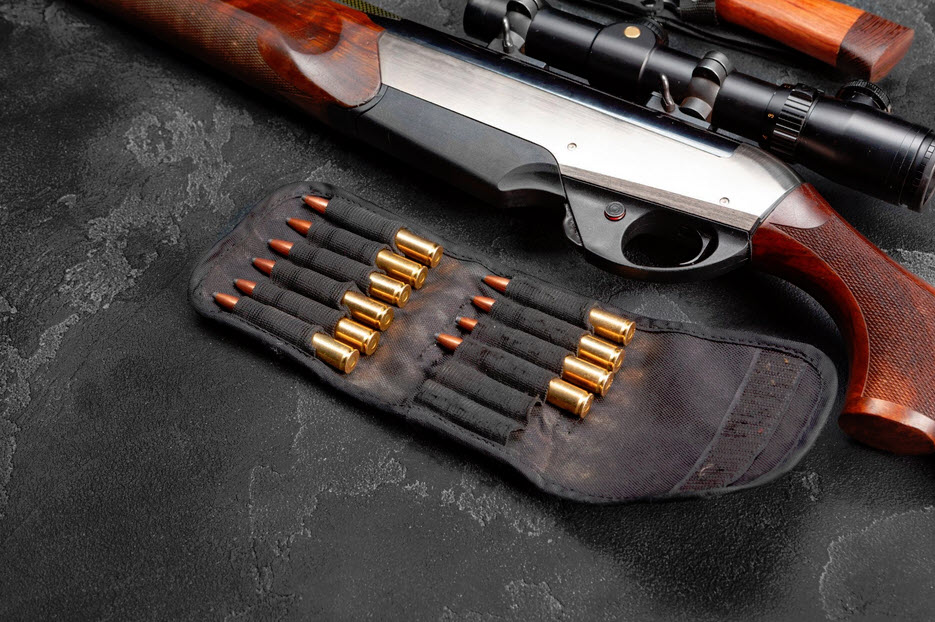
While there are many shotguns available, the most basic consideration when going out to hunt should be your comfort. How comfortable and confident are you when shooting? Whether using SxS, Semi auto or pump, your success is largely dependent on your confidence and comfort.
That said, it’s good to note that snipe hunting does take between 12-gauge to .410 as far as gauge is concerned.
However, the bigger the shotguns gauge, the better the shots downrange. This however comes with a downside in that the great propensity will also cause damage on the meat. When it comes to snipe hunting, it’d be better to go for gauges 28, 20 and 16 but if you have gauge 12, this also would work. The gauge 12 can serve for both snipe and waterfowl harvesting and these two hunting seasons normally overlap meaning you’re still good to go.
A good mount will also help
It’s also good to choose the right shot size before going on a snipe hunt. Basically, a pellet or two will knock snipe down and working with numbers 7 ½ to 9 shot will provide you with the mark down-to-shot count you need. When it comes to non-toxic regulations, it’s good to know those applicable to your local hunting since these vary.
Also, if you need to use a M1A scope mount for enhanced chances, then it’d be in order to have one. Make sure to get a good mount – this will help you shoot with accuracy and increase your chances of a greater harvest.
A good gun mount comes into play especially when you consider that snipe never flies straight. Unlike clay target and other birds, snipe are erratic and fast in their flying strategy which requires tight focus to target.
However, this can help teach the best shooting skills. With an ideal gun mount, focusing the target and firing your gut can be easy especially when the butt comes into contact with your shoulders. With this in mind, you’ll understand why snipe hunting snipe hunting gave birth to the word “sniper” in 1770. A snipe can fly at a speed of 60 miles per hour and as such, skill is required to hit the target.
Hunting like no other
It helps to note that while most other game hunting does require decoying, calling or fancy dog work, snipe hunting is straight forward. You do not need a dog to locate the snipe flocks and a single bird will always be an indicator of the bunch you need to aim your shotgun at.
However, using a dog is optional and still helpful as they can help you locate the fallen birds that blend so well and camouflage with the vegetation. The disadvantage of working with a dog is that snipe do not work well when it comes to pointing dogs.
Training is also a great plus to consider especially when it comes to the shooting process. While it might be easy to hunt most other big birds and animals, the small birds can be a little bit tricky to bring down if you do not know how to aim properly or use your shotgun. It’s not all lost however as the big swam of spine increases the chances of hitting one out of the many hundreds or thousands that fly nearby when flushed.
Conclusion
When hunting snipe, patience is essential for your success. In fact, if you learn the behavior of this little bird, it becomes very easy to predict their movements and this can increase your chances of shooting them down. Snipe understandingly bring a hint to class.
Their long beaks serve as a opportune indicator as to which direction they’ll fly and this can serve as an amazing lead to help you know where to aim and shoot.
Hunting snipe is more than a mere shooting lesson and the experience gives you more than just mere targets. As you walk in the marshy, muddy habitat with as many shells as your bird vest can carry, a snipe the flies nearby isn’t a chance for you to practice your shooting skills but the actual moment to enjoy the real thing.
That’s not all you need for your Snipe hunting. What else should you pack?
Snipe hunting is both challenging and unique, and you should know by now that preparation and proper hunting equipment make all the difference. Should you be an entry-level hunter, here’s what else you need to bring on your Snipe hunting.

Backpack/game vest
You don’t need to be an experienced hunter to know that functionality trumps style with hunting clothing and equipment. Make sure you have something to comfortably carry the hunting gear and birds.. A simple waterfowl fanny pack will work for several seasons, especially if you get a durable one.
You can get away without having a vest or a pack and have a game strap to contain your birds. Seek a model with eight straps, which is the typical daily limit. If you live in North or South Dakota, you probably know that you have a five bird limit.
Experienced hunters like hunting vests that allow them to carry more gear. They’re also made to distribute the weight evenly and to keep all gear efficiently organized.
Bird markers
If you think that finding a downed Snipe is easy, you’d better think twice. Forget about your visual reference point, as all the cover looks identical. You can use a handkerchief to mark where the bird has landed. Start your search from there and pay attention to the most minute detail.
Flashing and lighters
With most Snipe hunting happening at night, we recommend you pack flashlights and lighters. Even if you don’t plan to hunt at night, you should never go hunting without your safety and survival equipment, including a flashlight and lighters.
Water and snacks
When you go Snipe hunting, the chances are that you will be covering a vast ground through some tough cover. Snipe hunting will burn necessary calories, which is always a benefit. Some hunters like using hydration bladder when hunting, and it’s a matter of personal choice. Even if you’re not the biggest eater, we recommend you toss several bars to snack during the day.
We advise you to have extra water in your truck—you will be thirsty after snipe hunting.
You need devices to tell you where you are at any moment. Sure, smartphones today come with GPS, but we recommend you pack additional tools for navigation. A GPS and a compass should never miss from your pack. Back in the day, you could get lost easily, but that’s not the case anymore when we live in the era of Google. Plus, you can use Google Maps to mark future places to scout or hunt next time.
Whistle
It’s common-sense safety gear. You should have a whistle attached to the best and the dog whistle around your neck (if applicable).
Cooler and ice
Snipe hunting is so challenging that it will be downright frustrating not to pack your cooler and ice. You don’t want to spoil the birds on your ride back home. Make sure you pack the cooler with ice back at the truck for a successful end to your hunt.
First-aid kit
It doesn’t matter when or where you hunting. Never go hunting without packing a first-aid kit! For snipe hunting, you can easily have it in your vest. However, you can have more items back at the truck.
Snipe hunting has many challenges. Our tips will come in handy!
If your mind is set on snipe hunting, it’s wise to do due diligence and gather all the information you need before heading out there. It’s wise to go over as many hunting tips as possible so There’s no such thing as knowing too much about snipe hunting, so give our recommendations a quick read.
Is it a snipe, though?
The most common challenge for entry-level snipe hunters is to identify snipes in the field. Unfortunately, snipes resemble many shorebirds that even live in similar habitats. It doesn’t mean that beginners cannot learn to differentiate snipe from other birds; they need to know the main characteristics for the correct identification.
It’s common for snipe to flush alone or with another bird. It’s not impossible to see several snipes in the same tiny patch of habitat. Right upon flushing, snipe will make a unique call. It sounds like a scratchy voice saying “escape” or “skype.”
Many hunters take dowitcher as snipe. Dowitcher flies together and is almost found in flocks. The chances are that they will flush without a call; they sound like shorebirds and not like a snipe when they call.
Keep the pack lightweight
Rubber boots don’t make for the most comfortable shoes for hunting and you will cover a vast area when hunting snipe. You will trudge through water and mud up to your knees.
Be wise and travel light when snipe hunting. Make sure your shotgun is both appropriate and light and shells not more than an ounce. Snipe is small and will most likely flush to a critical distance. You will need to send many pellets to get it, so keep your items in your pack limited to necessities.
Shoot fast
The snipe is unique and one of its traits is actually helping hunters. Commonly, the snipe will drop back to the grounds, only few yards away from where it flushed. Some birds will fly straight until you no longer see them and then dive right back and close to the spot from which they flew away.
You only need to mark birds down, which is more complicated than it sounds. Thanks to their impressive camouflage, snipes are almost impossible to spot on the ground. Even if you’re able to mark one and examine the ground as you get closer, the chances of spotting the snipe are almost null. Find the snipe as soon as you down it and don’t struggle for doubles.
Due to hunting pressure, the birds get wilder, but that doesn’t mean that they will leave the good areas. After one day of shooting, you might spend hours looking for one as they are too spooked to come back.
Remember that snipes typically rise against the wind, so you can force them to fly towards you for some distance. You will be able to a shot at an acceptable range. We also care to remind you that if the bird rises more than 15 yards from you, you won’t be able to shoot it quickly.
Don’t waste any time
If the cover isn’t too thick, snipe access to the soil, rice fields, open marshes, damp mudflats, and shallow drainage ditches are the most common areas to hunt snipes. The bird will leave if the ground is frozen or iced over as it feeds by probing the earth with the long bills.
How should you cook it?
If cooked correctly, snipe can get very tasty. Snipes are migratory birds, so you should expect the breast meat to be dark, whereas the meat on the leg to be lighter.The dark meat has a strong flavor, especially when compared to upland birds, so you need to cook it hot and quickly. Even if medium works, rare will be tastier.
Avoid slow cooking because it will dry out the meat and accentuate the intense flavor. If you’re looking for cooking ideas, you can try ours. Wrap the snipe’s breast meat with chili pepper and bacon and cook it over a hot barbecue.
FAQS
Is it forbidden to hunt snipes?
Even if snipes are found throughout the state, they are tricky to harvest. They fly rapidly, which makes targeting really challenging. They also hang out with other shorebirds that you’re forbidden to hunt. Should you hunt in California, be aware that you can only hunt shorebirds.
If it’s legal to hunt, when is the snipe season?
Snipe season begins early in the Northern state, where many snipes have bred and raised their clutch. Not all will migrate and most states allow snipe hunting in the uplands in December and January. It would be possible only if the weather didn’t get too cold and pushed them out of the state.
Now that you got them down, should you eat the snipe or not?
You can cook snipe the same way you cook any other bird. You will have to pluck the body, peel away the skin, and continue with cutting the legs, feet, and head.
Are snipe nests easy to find?
The snipe is a medium-sized wader with marshes, wet grassland and moorlands as most common places to live. There, the birds like to nest in superficial scrapes. Fields with a mosaic of short and tall vegetation on wetlands, and bogs make for the most common places to nest. Meadows and pastures with poor drainage are also places where snipes will nest.
Do you have any chances to spot snipes at night?
You can hunt Snipes at night from an outdoor spot. Waiting quietly or making odd noises will attract the birds and give you a better chance at targeting and shooting.

